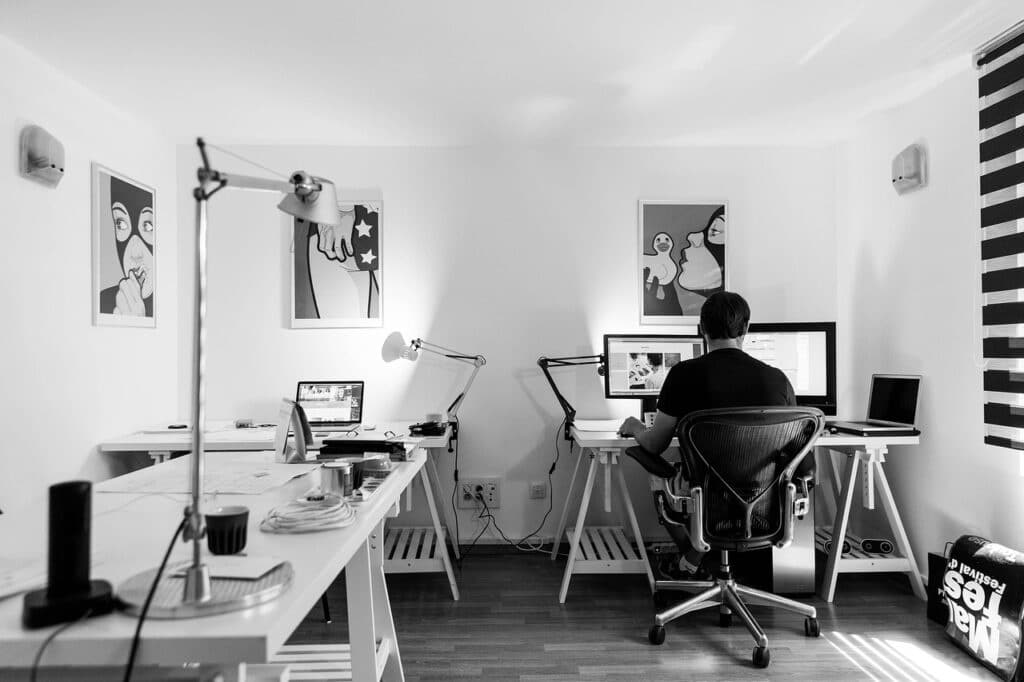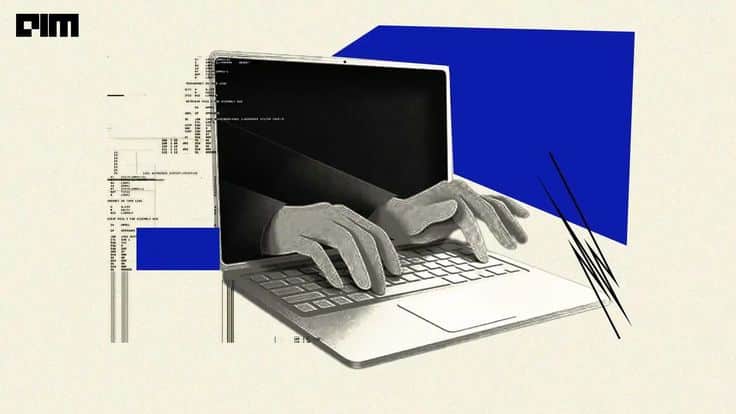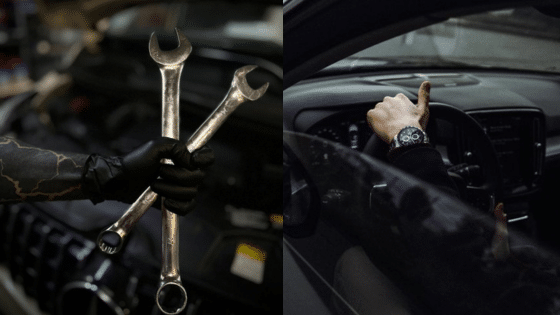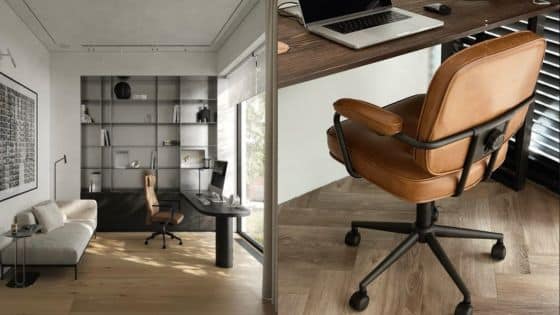
Creatives everywhere are feeling the heat from AI-generative tools and platforms, but graphic designers are among the most impacted. In a field built on originality, it’s frustrating to see how fast clients are ready to replace your hard work with the one generated by an algorithm that copies your style.
But AI isn’t the only concern (sadly). Unjust client complaints, contract loopholes, unauthorized use of work, burnout from overwork, and even data loss due to technical failures are real and growing threats. The result? Your ideas, income, and sanity are all on the line.
The good news is, there are ways to stay protected. With the right tools, terms, and habits, you can safeguard your talent, your livelihood, and your peace of mind. In this article, we’ll explore several practical strategies that today’s designers are using to stay in control, without losing their creative edge.
1. Register Your Intellectual Property

Original work is worth protecting, and the best way to do this is to have undeniable proof that you’re the author.
That’s where intellectual property (IP) registration comes in. Whether it’s a logo, a brand identity system, or a killer typeface you built from scratch, registering your work gives you legal standing if (or when) someone tries to use it without permission.
For now, the waters are still murky, especially when it comes to copyright and the use of AI tools, but the laws will eventually catch up. When they do, you will already have the right tools and means to protect what’s yours.
2. Design Bulletproof Contracts

Vague agreements lead to blurred boundaries, such as unpaid revisions, clients who ghost you, or sudden requests to repurpose your work for purposes you never agreed to.
Even worse, the rise of AI and digital licensing means your work can be reused, trained on, or resold unless your contract explicitly says otherwise. An intellectual property lawyer can register your creations and draft licensing deals that ensure you and only you profit from your work.
The best way to protect your work and livelihood is to redesign your contracts to include AI-use restrictions, kill fees, and licensing terms by default. If you’re new to putting together contracts, use tools like Bonsai or PandaDoc, where you can find clear templates and instructions.
Also, don’t start a pixel of work until the contract is signed. No matter how eager the client sounds, you must prioritize your interests (no one else will).
3. Insurance for Studio Assets

If you’re a freelancer, your laptop is your studio. If it gets stolen, fries mid-project, or takes a coffee bath, your entire operation could grind to a halt. A few years back, this would’ve been your problem to solve. Nowadays, you have a few freelancer-friendly insurance options that cover everything from hardware to cloud files to legal defense for accidental copyright disputes.
On the other hand, if you have a physical office, you should also consider other types of insurance. Furthermore, if clients and business partners visit your office, it may be a good idea to talk to a local injury lawyer.
Say you run a small designer business in downtown Denver, Colorado, and that customers come by your office from time to time. If you want to make sure everyone feels safe in the space you own, a Denver injury law firm can help you understand all the possible liabilities and help you avoid costly accidents.
4. Safeguard Personal Health and Work Boundaries

Deadlines, feedback loops, endless revisions… design work is incredibly fun, but organizing everything and keeping track of projects is draining. Plus, when you’re at the top of the pyramid, taking care of everything, it’s no longer a matter of “if” but rather “when” the burnout will strike.
We’ve finally reached a point when creatives can find work-life balance and care for their mental health, so don’t put work above your health. Additionally, a foggy, fatigued brain is more likely to miss client red flags, agree to vague terms, or overlook basic legal protections. And you don’t want that — your time is too precious.
Here are a few things you can do to safeguard your mental peace:
- Block “deep work” time and don’t allow anyone to intrude (except emergencies, of course).
- Define non-negotiable off-hours in contracts (say no to 11 pm Slack messages).
- Set revision caps and scope boundaries.
- Build in buffer days between major projects to prevent creative overload.
Some designers include wellness clauses in their agreements, establishing clear expectations regarding communication windows, turnaround times, and emergency rates.
Wrap Up
Be smart about protecting your rights, but make sure you’re not completely avoiding the new technologies. After all, AI-powered tools are here to stay. The best approach is to devise a strategy that leverages your creativity in conjunction with the power of technology.
- 3shares
- Facebook0
- Pinterest0
- Twitter3
- Reddit0













